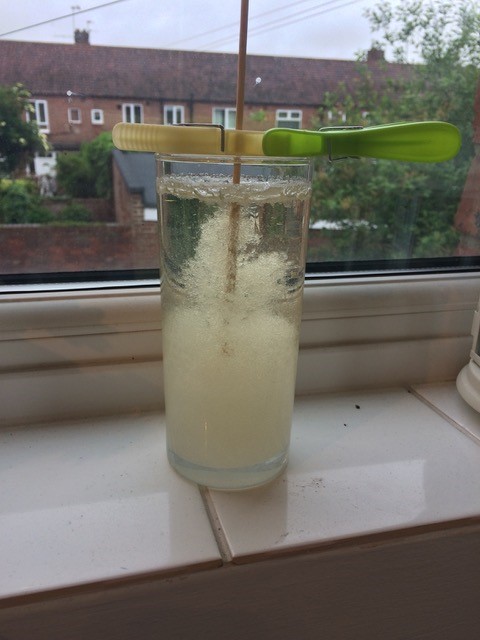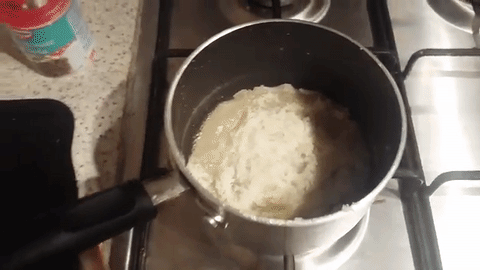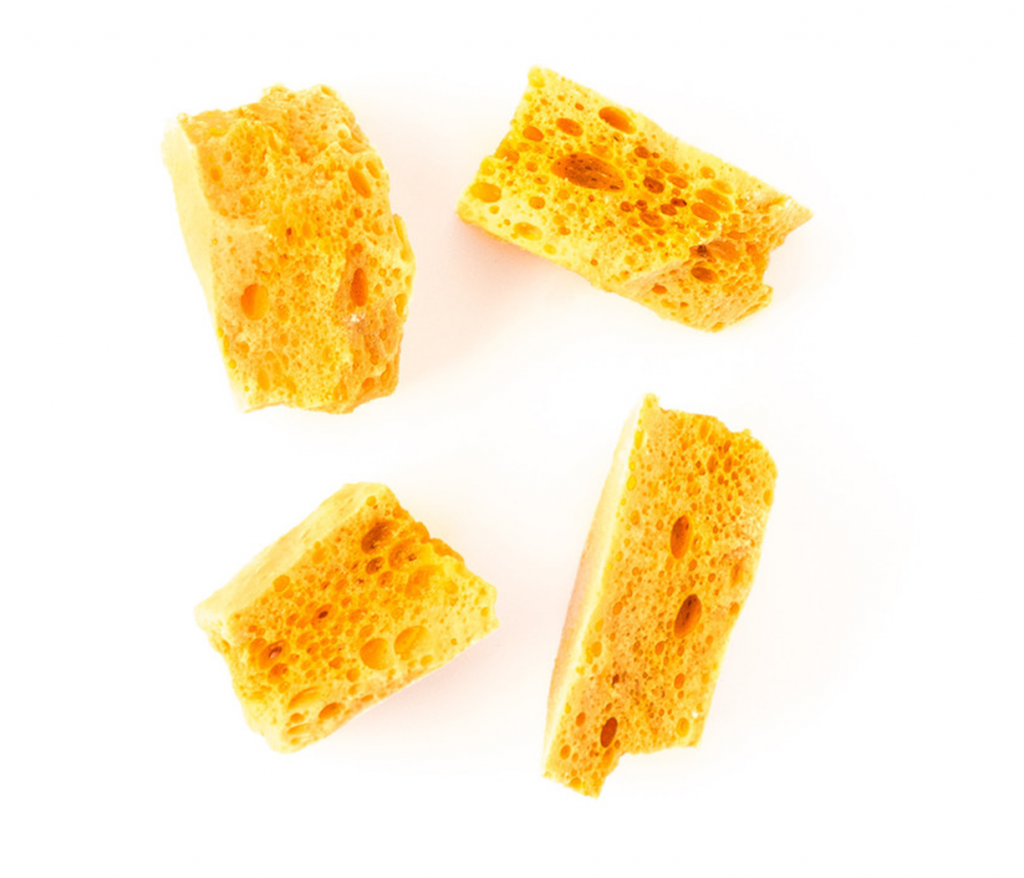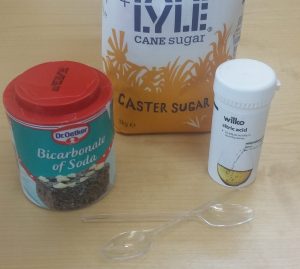This weeks Try This Tuesday takes a while, but you end up with a tasty treat!
You will need:
- A wooden skewer or chopstick
- Peg
- 1 cup of water
- 2-3 cups of sugar
- A narrow glass or jar

Clip the wooden skewer into the peg so that it hangs down inside the glass and is a couple of centimetres off the bottom.
Put the water into a pan and bring it to the boil. Pour about a quarter of a cup of the sugar into the boiling water and stir until it dissolves.
Keep adding more and more sugar, each time stirring it until it dissolves, until no more will dissolve. This might take quite a while!
When no more sugar will dissolve remove it from the heat and leave it to cool for about 20 minutes.
Pour the sugar solution into the glass or jar almost to the top. Then put your skewer back into the glass so it hangs down and doesn’t touch the sides.
Leave your glass in somewhere it won’t be disturbed. The sugar crystals will grow over 3-7 days. Once these have grown you can eat them!
The Science
By mixing the sugar and water together when they were really hot, you have created a super saturated solution. This means that the water contains much more sugar than in could in normal circumstances. As the water cools back down the sugar leaves the solution (mixture) and becomes sugar crystals again, forming on the skewer.
Supersaturated solutions are used in real life. In a sealed fizzy drink the drink is saturated (full) with carbon dioxide, as the carbon dioxide is put in using pressure. When you open the drink, the pressure of the carbon dioxide is decreased, which causes your drink to be supersaturated as there is much more carbon dioxide dissolved than there would be at normal pressure. The excess carbon dioxide is given off as bubbles.










